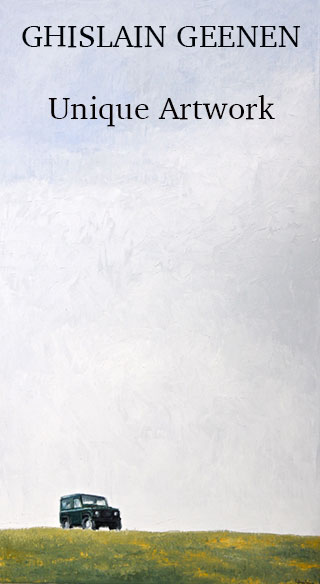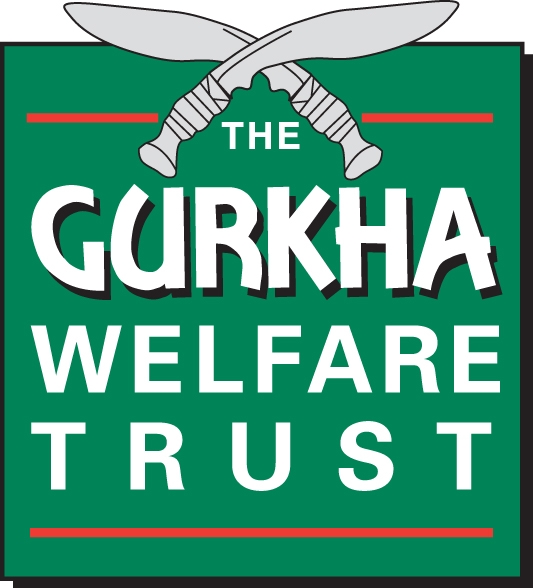What does the 2020 Lead Shot phase-out announcement mean for users of vintage guns?
In February 2010 the major organisations involved in promoting, protecting and advocating for the shooting sports and their related industries made a joint announcement:
British Association for Shooting & Conservation, Countryside Alliance, Game & Wildlife Conservation Trust, Country Landowners’ Association, National Gamekeepers’ Association, British Game Alliance, Scottish Association for Country Sports, Moorland Association and SLA stated:
“We wish to see an end to both lead and single-use plastics in ammunition used by those taking all live quarry with shotguns within five years”.
“We are jointly calling for our members to engage in this transition and work with us, the Gun Trade Association and the cartridge manufacturers to ensure that further viable alternatives are developed for every situation involving live quarry. This is an opportunity to take the initiative and ensure the reputation of the shooting community, as custodians of the countryside, is both maintained and enhanced.”
The Gun Trade Association acknowledged the statement made by the group of shooting organisations on 24th Feb 2020 stating a desire to move away from the use of lead in shooting live quarry with shotguns over the next five years. They told members:
‘Over recent years, cartridge manufacturers have seen the need to develop new ammunition designs and have invested in the innovative alternatives that are available today. However, the challenge of meeting future supply targets should not be underestimated.
There will be a need to develop further technological solutions – alternatives are not yet available for all guns and calibres; new supply chains will need to evolve, and manufacturing capacity will need considerable new investment. The five-year ambition will therefore have to be tempered with the realities of that industrial change. The GTA will be fighting for government financial support to facilitate this transition.
While this sector looks for alternatives, lead remains an essential component is a very wide range of ammunition used in firearms – from military and law enforcement to Olympic sport. There are few or no technological alternatives for a wide range of guns and rifles. While the Trade continues its research and development, progress is limited by technological advance and fundamental material science.
GTA involvement in this initiative has only been in an observer capacity towards the latter stages of its evolution, providing technical advice when requested. The timetable suggested will be extremely challenging for the Trade and we believe that transition, rather than finality, should be the core aim. We will continue to work with our customers and all the shooting organisations to ensure the sustainable future of the sport.’
The Gun Trade Association then outlined the following key issues facing the Trade:
1. Value of old guns – the value of guns held in the Trade and in shooters’ cabinets must be maintained. With there being some alternatives already available and there being the opportunity to develop more, helping shooters understand that their old guns will continue to be effective is vital – hence the guide.
2. New guns – At times of change there will be plenty of customers for new products. Steel proved guns, with the capability of shooting high performance cartridges, may offer the best future proofing for the most demanding shoots.
3. Cartridge supply – This is a key area. Clay pigeon shooting is entirely unaffected by this announcement and there will be plenty of enduring lead customers for some time. The development of new cartridge solutions, especially for older, small chambered guns will be really important to ensure shooters can face a transition with confidence. We must support every way of maintaining consumption levels.

What impact does this have now?
In practical terms, there is no immediate mandatory change. Those of us contemplating the season 2020-2021 can still buy our favoured cartridges with lead shot and use them.
We may see changes in availability. Manufacturers are quick to react to new realities. We have seen this in the recent past with the introduction of lightweight clay-shooting loads, when lead was at a premium, also with the introduction of water soluble wads when single-use plastic became a major talking point. We may see the introduction of new products and the phasing-out of lead game loads before the end of the five year phase-out period.
What problems arise now for shooters of vintage guns?
We have identified a number of issues that enthusiasts and owners should contemplate.
What will the impact be on the value of my guns? The short answer is ‘We don’t know’. Markets react in their own way. If owners of British guns simply decide they can’t be bothered to wrestle with the problem of re-evaluation of ammunition, adapting their guns or buying more expensive lead alternatives, we could see a mass dumping of old side-by-sides on the market. When this happens, supply and demand dictate that prices will drop.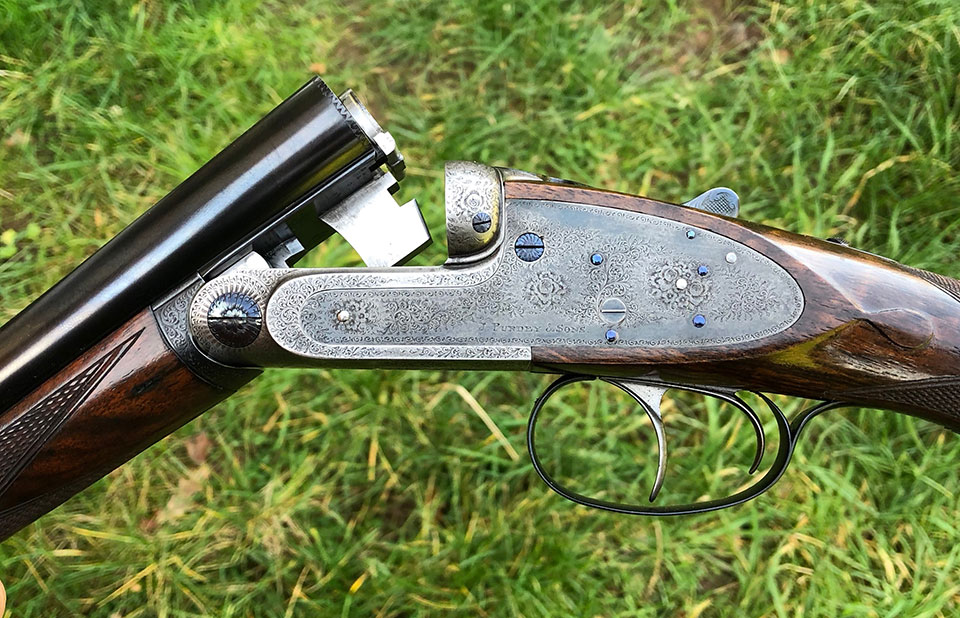
What alternatives to lead are available if I want to change now? There are already off-the-shelf alternatives to lead shot available which will suit any old British gun with any choke and standard 2 1/2” (65mm) chambers or longer. Bismuth is loaded into game cartridges by Eley for 12-bore, 16-bore, 20-bore and 28-bore guns. The cases are 67mm long but are proofed for use in British guns with 2 1/2” chambers. For a shooter currently using a premium lead cartridge, there is a significant cost increase. Currently, Eley VIP paper case, fibre wad lead loads cost £309 per thousand (just over 30 pence per shot). VIP Bismuth costs £1,119 per thousand (basically £1 a shot). So, a decent day’s shooting, where you fire 100 shots (average for a quality 200 bird day for eight Guns with a four shots-per-kill ratio) will cost you £100 in cartridges instead of £30. Is that price difference really going to make you scrap your favourite guns or give-up shooting?
What products can I anticipate becoming available in the near future? More choices for 65mm chambered guns will emerge in the coming months. Currently, steel loads are only loaded into 70mm cases so should not be used in 2 1/2” chambered guns. The latest ‘eco-wad’ loads are sufficiently protective to allow for the use of steel in old guns, when pushed at ‘standard’ pressures. The Trade is rife with talk of new products awaiting sufficient demand to emerge and fill the void that will be left by the withdrawal of lead shot. Gamebore has been teasing a ‘revolutionary’ new cartridge since the last Game Fair.
What work can I have done on my guns to make them compatible with steel shot? The most drastic decision would be to convert your standard-pressure proofed 2 1/2” chambered game gun, choked 1/4 and 3/4 to fleur -de lys special steel proof so you can put high-performance steel through them. To do this, you need to consider the following:
Is the action strong enough?
Are the barrels thick enough?
Is the gun heavy enough?
Is the choke too tight?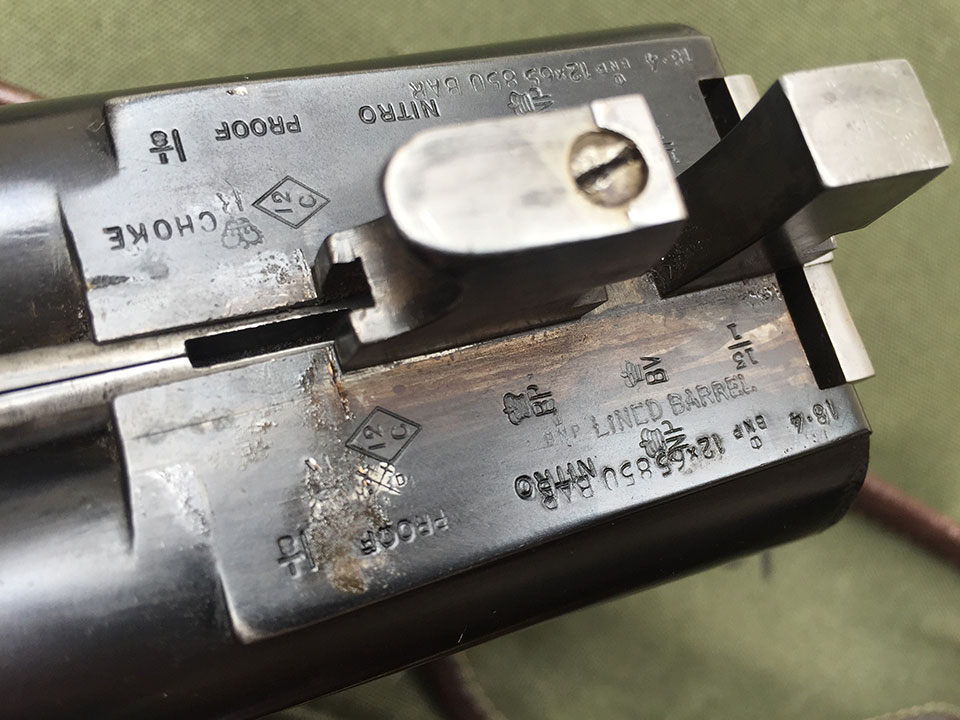
Choke reduction will help, though standard steel loads in shot size No.4 or smaller have been shown to work through chokes up to 3/4. Traditional, light, English game guns may not be suited to re-configuration for special steel proof. Re-proof is a huge risk and the outcome never certain.
If you are not sure of the above, then you could consider sleeving the gun and re-proofing for steel. Budget around £3,000 for a best gun or £2,000 if you are unwilling to go for the very best job available. Either way, unless your barrels are very thin, sleeving will be detrimental to to value and ruinous of its originality.
If you really like the gun and it is sufficiently valuable, you could order new barrels. However, these will cost around £10,000 for a best set of chopper-lumps on a best gun. That is more than the cost of the vast majority of guns being used in the field today.
Perhaps the most likely modification we will see is the extending of chambers to 70mm standard nitro proof and the alteration of muzzles to chokes of dimensions of Half Choke or less. A common and effective choke set-up for an English game gun is I.C and 1/2 Choke, so this should not be a huge sacrifice.
With 70mm standard proof chambers, and more open chokes, the user of a traditional game gun will have a wider choice of non-toxic ammunition. For example, while no steel loads currently exist for 2 1/2” chambers, if you have 70mm chambers you can use Eley Eco-wad Steel, Gamebore Tungsten Matrix, Hull Steel Game and more besides.
The cost of this work will probably be around £500 per gun by the time you factor in the pre and post-proof gun-smithing, proof house charges and transport.
How does the announcement affect the likelihood of legislation?
Or, to put it another way, is the fact that shooting bodies are pushing shooters and the shooting industry towards the voluntary removal of lead as a hunting material going to puncture the balloon of those pushing for legal changes to make it mandatory, illegal and unavailable? If the goal is ‘an end to lead in hunting’ will the measure of success be considered 80% compliance or 90% or will only 100% compliance be considered an acceptable outcome?
When we consider the removal of lead from vehicle fuel, owners of older vehicles were, and still are, permitted to put additives into the now commercially available ‘lead free’ fuels in order to run their old cars and motorcycles. Could a case be made for the continued use of lead by owners of pre -1939 shotguns? I think it could. Will anyone listen? That is another matter.
Ammunition selection according to your gun’s proof marks and choke.
The GTA tells members that it is safe to shoot ‘standard steel’ loads in traditional British guns with 2 1/2” chambers. However, they add the caveat that they should not be used in guns with Damascus barrels.
We can see no reason to differentiate between steel and Damascus barrels of similar thickness that have passed equivalent proof tests. In terms of strength they should be equal to one another. In fact, proof tests by Webley at the time these guns were made found Damascus was a stronger material than many of the contemporary fluid-pressed steels then available, such as Whitworth, Krupp and Siemens.
As a practical exercise, we looked to see how many such ‘suitable’ cartridges were currently available. A look at the ranges offered by Gamebore, Hull and Eley found no options with cases shorter than 70mm. his means that, as of today, if you have a 2 1/2” chambered gun, bismuth is your only alternative to lead.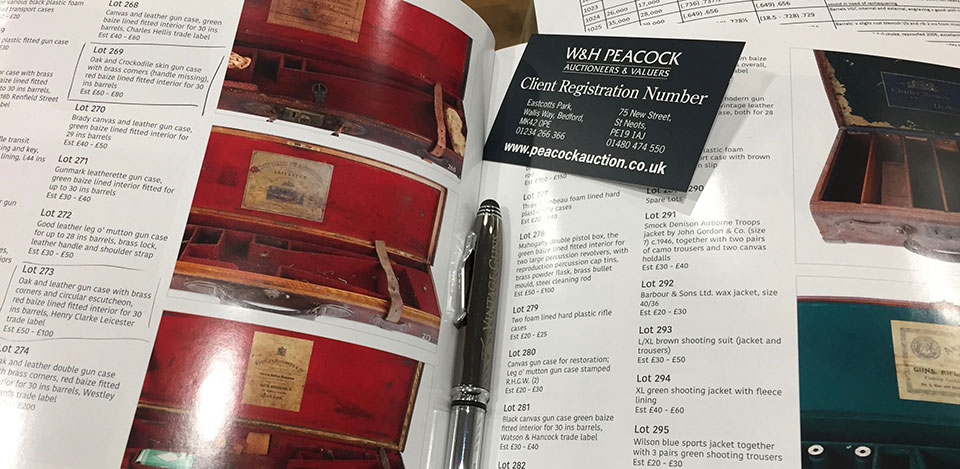
A brief case study of some guns in my collection and the non-toxic options currently available:
Thorn Damascus barrelled hammer gun circa 1875.
A gun proofed for 2 1/2” (65mm) chambers with barrels choked True Cylinder and Improved Cylinder.
Eley VIP Bismuth (£1.01p per shot)
Gamebore Bismuth (£1.04p per shot)
Webley & Scott Model 700 steel barrelled boxlock circa 1957
A gun proofed for 2 3/4” (70mm) chambers, choked 1/4 and 3/4.
Eley VIP Bismuth (£1.01p per shot)
Gamebore Bismuth £1.04p per shot)
Gamebore Iron/Tungsten Matrix (£2.20p per shot)
Eley VIP Steel Shot size No.5 (23p per shot)
J. Thompson Damascus barrelled hammer gun circa 1875
A gun re-proofed for 2 3/4” (70mm) chambers choked I.C and I.C.
Eley VIP Bismuth (£1.01p per shot)
Gamebore Bismuth (£1.04p per shot)
Gamebore Tungsten Matrix (£2.30p per shot)
Hull Steel Game (32p per shot)
Eley VIP Steel (23p per shot)
J. Purdey side-lock ejector, steel barrelled game gun circa 1900.
A gun proofed for 2 1/2” chambers with barrels choked I.C and 1/2.
Eley VIP Bismuth £1.01p per shot)
Gamebore Bismuth (£1.04p per shot)
How do these alternatives compare?
If switching from lead to another, lighter, material, a change of shot size is necessary in order to retain energy in each pellet down-range. For example, lead No.6 at 40 yards delivers 2.3 ft-lbs. To emulate that with steel, you need a No.4 pellet, which actually delivers 2.5 ft-lbs. At 60 yards, lead No.6 delivers 1.3 ft-lbs and steel No.4 delivers 1.4 ft-lbs.
So, steel can carry the same energy but 1oz of No.6 equals 270 pellets, while 1 oz of No.4 equals only 192, so the pattern will be far less well-filled. Since a combination of penetration and shock is required to kill cleanly, the more open, large shot pattern is likely to result in more wounded and more missed birds, so the payload will need to be increased to compensate. At basically seven pellets per gram, you need to increase from 28 grams of No.6 to 38grams of No.4 and you would still only be at a pellet count of 260; ten fewer pellets than the lead equivalent.
So much for the theory, Lewis Potter’s recent pattern-testing results suggested that a 32 gram load of steel will deliver good killing patterns through Half Choke at 30 yards.
In terms of energy delivery down-range you need to be pushing large steel loads hard in order to emulate your standard lead game load. However, steel patterns much tighter than lead for any given choke so anyone switching to steel shot should pattern their gun and see exactly how the two compare before settling on a load for game shooting. Felt recoil is also a factor in older guns. Trying a range of steel loads will indicate how ‘punchy’ they feel in your gun and whether they will damage it long term or be too unpleasant to shoot in large quantities.
Steel shot, though about a third lighter than lead, is much harder. This means it does not deform in the barrel to the extent lead does and it does not deform on impact with the quarry. Steel is more prone to exit, while lead hunting loads are deliberately kept relatively soft so the energy s transferred to the quarry and retained, producing more impact and shock, which is important for clean kills, rather than inflicting mortal but not immediately lethal wounds.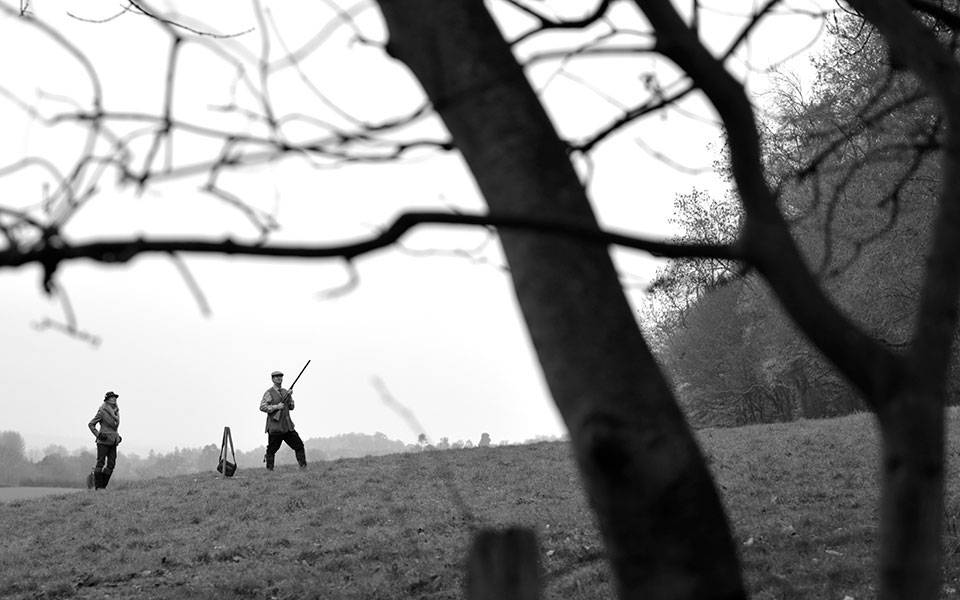
What effect will this have on ‘extreme birds’.
Should steel shot prove, as it might, less effective than lead at the ranges some shooters are currently engaging very high pheasants, there will be a call to reduce these ranges. Will it herald the end of ‘extreme pheasant’? Time will tell as shooters experiment with guns and ammunition at these ranges and find out what is viable and what isn’t.
Shooting has changed over the years and adapted to offer different challenges to the experienced and skilled Gun. ‘Extreme’ bird shooting is one, relatively recent, development. However, there are other ways to test the skill of a shooting line, other than pushing the birds ever higher. Perhaps we will see more innovations from estates regarding the type of drives they organise and the way they present birds in light of the new reality, should there be a necessity in changing from lead to steel for most shooting situations.
I have restricted this article to the practicalities rather than the rights and wrongs relating to the pro/anti lead debate. If we ignore its toxicity, lead remains the most effective projectile for shotguns. We have debated the effects of lead in the environment and its toxicity for decades. There are still strong advocates for it. However, the public and the authorities appear to be on a drive to remove lead from the environment, rightly or wrongly.
If it does go, we, as shooters and owners of vintage British guns, need to know what our options are. I hope this article has provided some useful commentary on that.
Let us not panic just yet. As of February 2020 nothing has changed in legal terms. There is not a lead ban.The shooting organisations are not calling for a lead ban. They are advocating a voluntary phase-out of lead over the next five years, in anticipation that suitable alternatives will, by then, have been developed and proven effective.
You could be reading the VGJ in ten years time and still shooting lead through your old Purdey, or you could be happy using the latest, biodegradable cased, eco-wad obdurated and steel shot loaded, 2 1/2” chamber suited cartridge and be wondering what all the fuss was about. There is still some way to go before this is all resolved one way or another.
In the meantime, expect a huge backlash from some sectors of the shooting sports and start reading-up on the latest developments.
Published by Vintage Guns Ltd on (modified )
